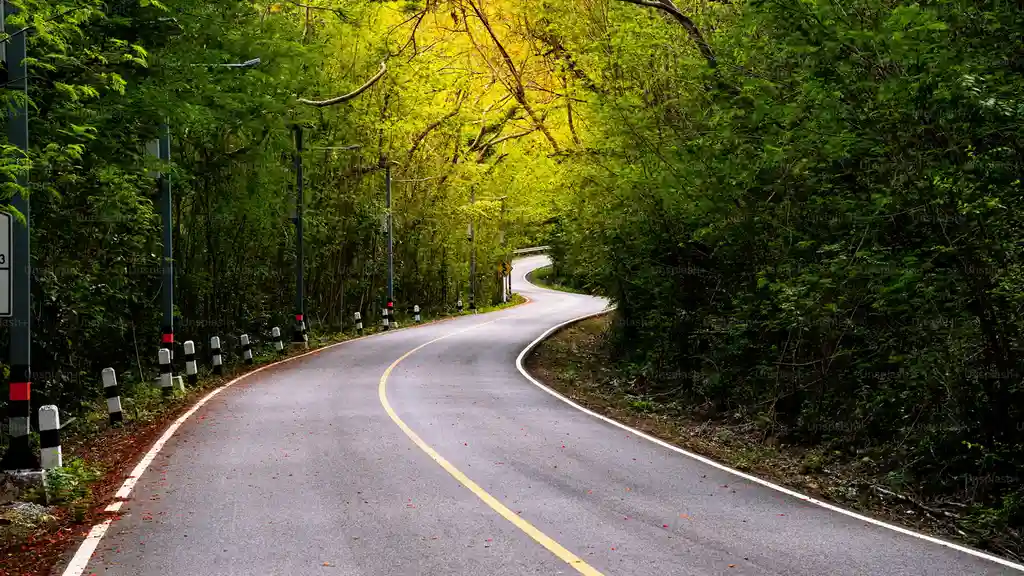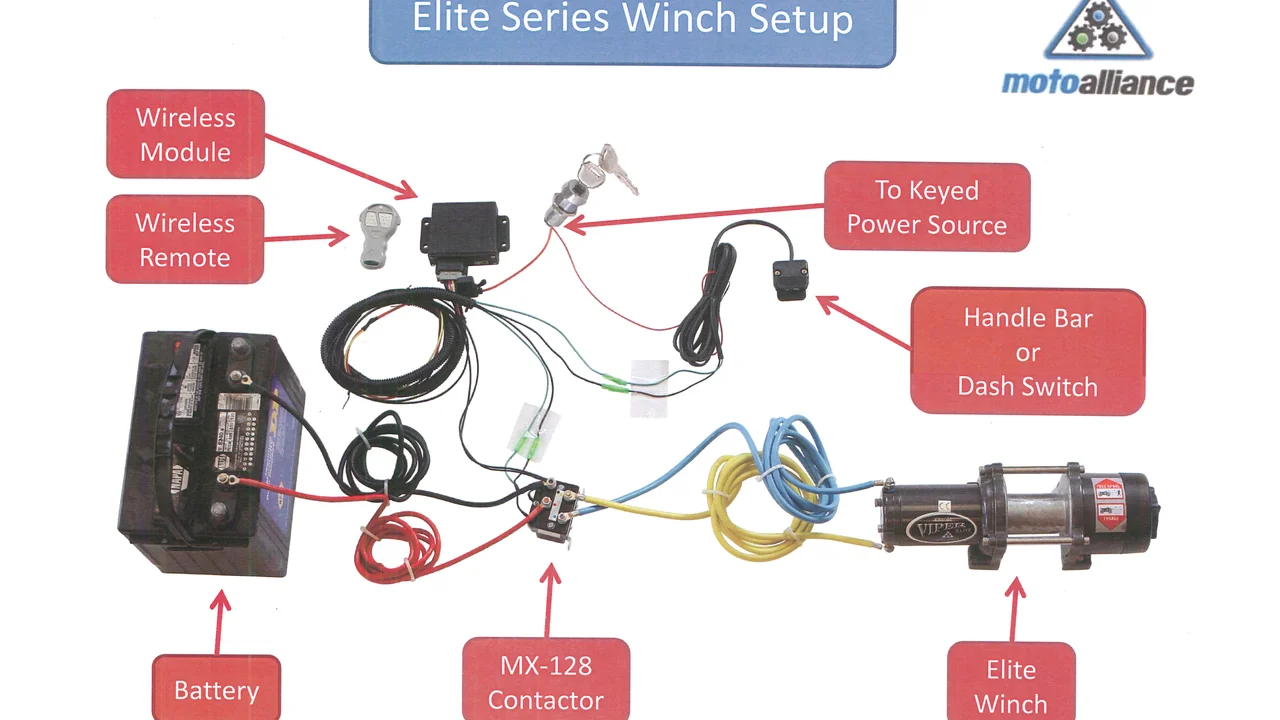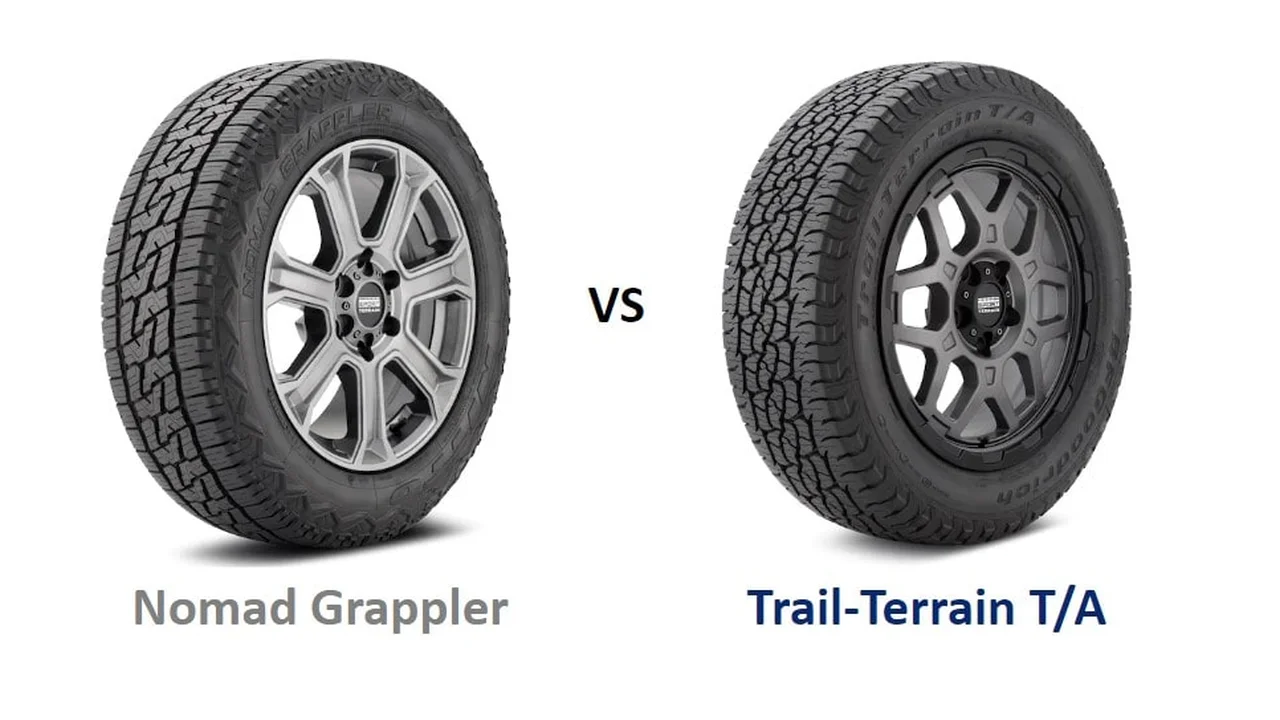Choosing the Right Spring Rate for Your Off-Road Suspension

Choosing the correct spring rate is crucial for optimal suspension performance. Learn how to choose the right spring rate for your off-road needs. Improve your vehicle's handling and comfort on various terrains. Enhance your off-road experience with our expert guidance.
Understanding Spring Rate Basics for Off-Road Vehicles
Okay, let's dive into the nitty-gritty of spring rates. What exactly *is* a spring rate? Simply put, it's the amount of weight required to compress a spring one inch. So, a spring with a rate of 200 lbs/in means it takes 200 pounds of force to compress it one inch. This is super important for off-road vehicles because you need springs that can handle the extra weight of your gear, the rough terrain, and keep your ride comfortable (or at least, not bone-jarring!).
There are two main types of spring rates: linear and progressive. Linear springs have a constant rate throughout their compression. This means the first inch of compression takes the same amount of force as the last inch. Progressive springs, on the other hand, have a spring rate that increases as they compress. This gives you a softer ride over small bumps and a stiffer ride when things get rough. Think of it like this: linear springs are like a consistent workout, while progressive springs adapt to the intensity of the terrain.
Factors Affecting Your Ideal Off-Road Spring Rate
Choosing the right spring rate isn't just about picking a random number. There are a bunch of factors that come into play, and you need to consider them all to get it right.
- Vehicle Weight: This is the big one. The heavier your vehicle, the higher the spring rate you'll need. This includes the weight of the vehicle itself, plus any modifications you've made (bumpers, winches, armor), and the gear you typically carry. Get an accurate weight! A trip to a truck scale is a worthwhile investment.
- Suspension Type: The type of suspension you have (e.g., coil springs, leaf springs, torsion bars) will influence the spring rate you need. Each type of suspension behaves differently, so you'll need to research what spring rates are common for your specific setup.
- Intended Use: What kind of off-roading are you planning to do? Rock crawling? Desert racing? Overlanding? The type of terrain you'll be tackling will significantly affect your spring rate choice. Rock crawling often benefits from a softer spring rate for articulation, while desert racing needs a stiffer spring rate to prevent bottoming out.
- Lift Height: If you've lifted your vehicle, you'll need to adjust your spring rate accordingly. Lifting changes the suspension geometry, and you'll likely need longer springs with a different rate to maintain proper ride height and handling.
- Desired Ride Quality: Do you want a plush, comfortable ride, or are you willing to sacrifice some comfort for better performance? A softer spring rate will generally provide a more comfortable ride, but it may also lead to more body roll and bottoming out. A stiffer spring rate will improve handling and reduce body roll, but it may also make the ride harsher.
Calculating Your Off-Road Spring Rate: A Simplified Approach
Alright, let's get our hands dirty with some (simplified) math. This isn't an exact science, but it'll give you a good starting point. Keep in mind that this is a *simplified* calculation and should be used as a guide, not a definitive answer. Consulting with a suspension expert is always recommended.
Here's the basic formula:
Spring Rate = (Corner Weight) / (Desired Compression)
Let's break that down:
- Corner Weight: This is the weight on each individual corner of your vehicle. You can find this by weighing each wheel separately at a truck scale. If you can't weigh each corner, you can estimate it by dividing your total vehicle weight by four. However, this isn't ideal, as weight distribution is rarely perfectly even.
- Desired Compression: This is the amount of compression you want your spring to have at ride height. This is a bit subjective and depends on your personal preference. A good starting point is to aim for about 1/3 of your spring's total travel at ride height. For example, if you have a spring with 12 inches of travel, you'd want about 4 inches of compression at ride height.
Example:
Let's say your vehicle weighs 6000 lbs, and you estimate each corner weighs 1500 lbs. You have springs with 10 inches of travel, and you want 3.3 inches of compression at ride height (1/3 of the travel). Your calculation would be: Spring Rate = 1500 lbs / 3.3 inches = 454 lbs/in (approximately)
This means you'd be looking for a spring rate around 450-460 lbs/in. Remember, this is a starting point. You may need to adjust the spring rate based on your actual experience and preferences.
Recommended Off-Road Spring Products: A Comparison
Now for the fun part: looking at some specific springs! Here are a few recommendations, keeping in mind that the "best" spring depends heavily on your vehicle, budget, and intended use.
King Off-Road Racing Shocks Springs for Enhanced Performance
King Springs: King is a top-tier brand known for its high-quality, durable springs. They offer a wide range of spring rates and lengths to suit various off-road vehicles. These springs are typically linear and are a great choice for serious off-roaders who demand the best performance and are willing to pay a premium. Expect to pay around $150-$300 per spring.
Use Case: King springs are ideal for vehicles that see a lot of hard off-road use, such as rock crawling, desert racing, and aggressive trail riding. They are built to withstand the abuse of these activities and provide consistent performance.
Eibach Off-Road Springs for Balanced Handling
Eibach Springs: Eibach is another well-respected brand that offers a good balance of performance and value. They offer both linear and progressive springs, so you can choose the type that best suits your needs. Eibach springs are known for their quality materials and precise manufacturing. Expect to pay around $100-$200 per spring.
Use Case: Eibach springs are a good choice for vehicles that are used for a mix of on-road and off-road driving. They provide a noticeable improvement in handling and performance without sacrificing too much ride comfort.
Old Man Emu (OME) Springs for Overlanding and Touring
Old Man Emu (OME) Springs: OME is a popular choice for overlanding and touring vehicles. They offer a range of springs specifically designed for these applications, taking into account the extra weight of camping gear and accessories. OME springs are known for their durability and reliability. Expect to pay around $120-$250 per spring.
Use Case: OME springs are ideal for vehicles that are heavily loaded with camping gear and accessories. They are designed to provide a comfortable and stable ride, even when carrying a lot of weight.
Rough Country Springs for Budget-Conscious Off-Roading
Rough Country Springs: Rough Country is a budget-friendly brand that offers a wide range of suspension components, including springs. While their quality may not be as high as some of the other brands on this list, they can be a good option for those on a tight budget. Expect to pay around $50-$100 per spring.
Use Case: Rough Country springs are a good choice for vehicles that see occasional off-road use and are not subjected to extreme conditions. They can provide a modest improvement in performance and appearance without breaking the bank.
Installing Your New Springs: DIY or Professional?
Installing new springs can be a DIY project, but it's important to be honest about your skill level and mechanical aptitude. If you're not comfortable working on suspension components, it's best to leave it to a professional. Suspension work can be dangerous if not done properly.
DIY Considerations:
- Tools: You'll need a good set of tools, including a spring compressor, jack stands, sockets, wrenches, and potentially a torque wrench.
- Experience: You should have some experience working on vehicles and be comfortable with basic mechanical tasks.
- Safety: Always wear safety glasses and gloves. Be extremely careful when working with springs, as they can be under a lot of tension.
Professional Installation:
- Expertise: A professional mechanic will have the knowledge and experience to install your springs correctly and safely.
- Equipment: They'll have access to specialized equipment, such as a hydraulic lift and a professional-grade spring compressor.
- Warranty: Many shops offer a warranty on their work, so you'll be protected if something goes wrong.
Fine-Tuning Your Off-Road Suspension Setup
Once you've installed your new springs, it's time to fine-tune your suspension setup. This may involve adjusting the shock absorbers, sway bar links, and other components. The goal is to achieve the best possible balance of ride comfort, handling, and off-road performance.
Things to Consider:
- Shock Absorber Adjustment: Adjustable shock absorbers allow you to fine-tune the damping characteristics of your suspension. This can help to improve ride comfort and handling on different types of terrain.
- Sway Bar Links: Sway bar links connect the sway bar to the suspension. Adjustable sway bar links allow you to fine-tune the amount of body roll.
- Alignment: After installing new springs, it's important to get your vehicle aligned. This will ensure that your tires wear evenly and that your vehicle handles properly.
Choosing the right spring rate is crucial for optimizing your off-road suspension. By understanding the factors that affect spring rate and following the steps outlined in this guide, you can improve your vehicle's handling, comfort, and off-road performance. Remember to consult with a suspension expert if you have any questions or concerns. Happy trails!
:max_bytes(150000):strip_icc()/277019-baked-pork-chops-with-cream-of-mushroom-soup-DDMFS-beauty-4x3-BG-7505-5762b731cf30447d9cbbbbbf387beafa.jpg)






